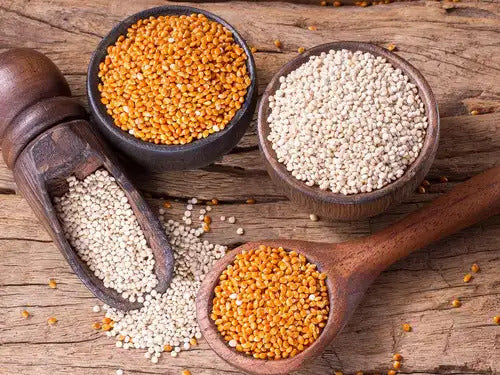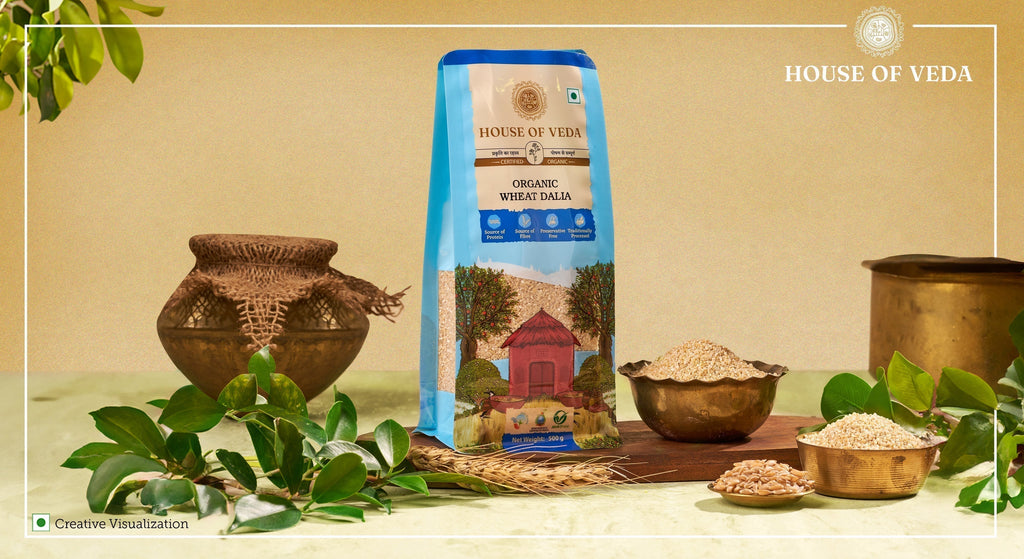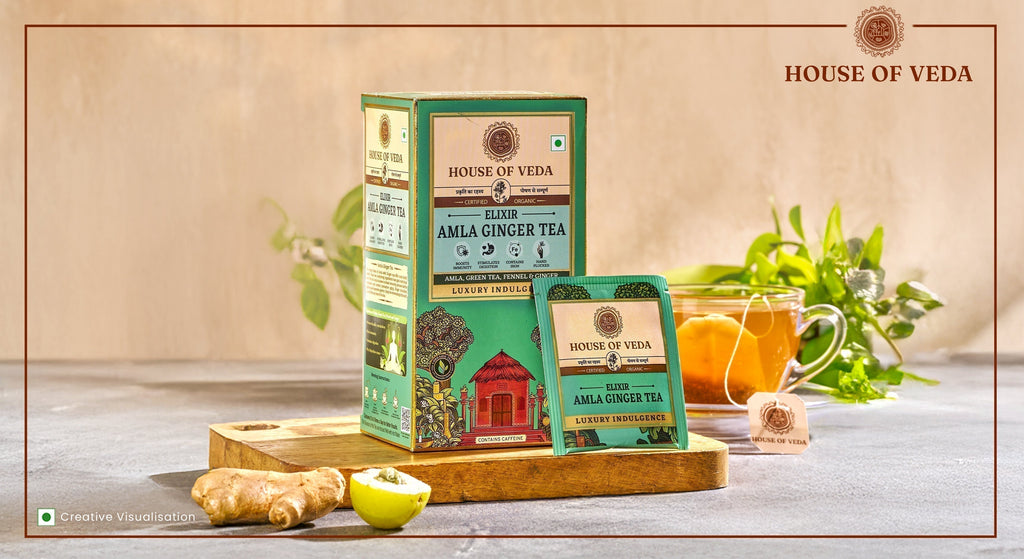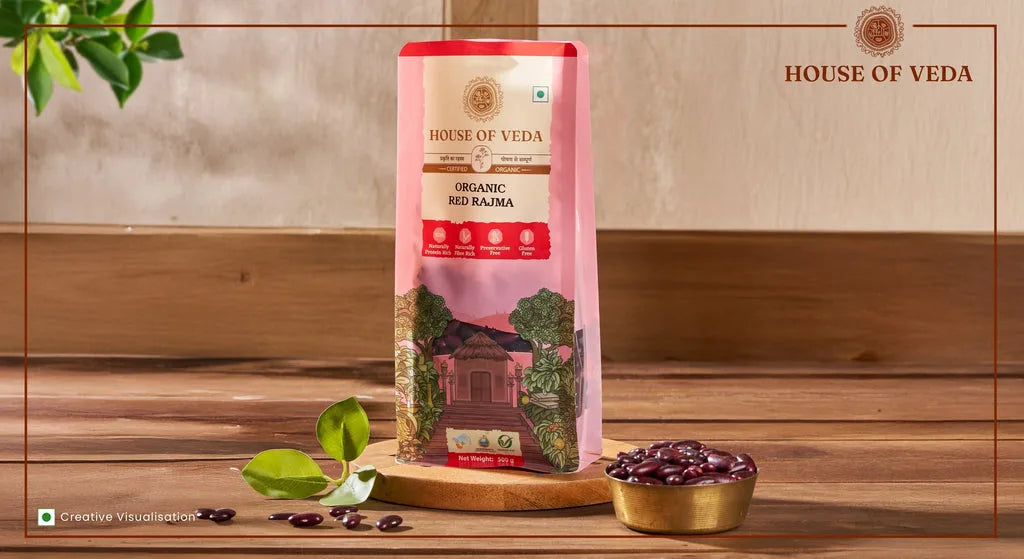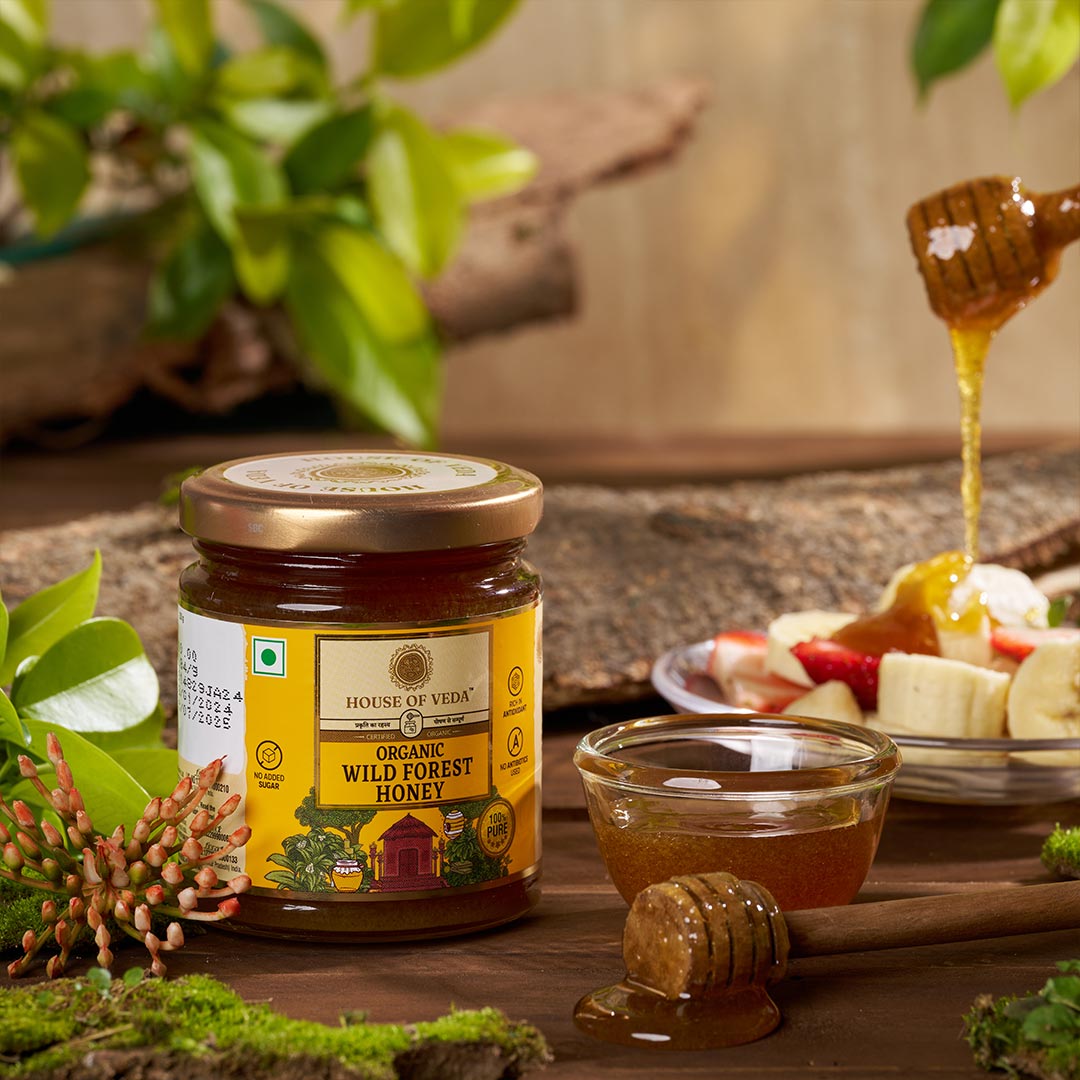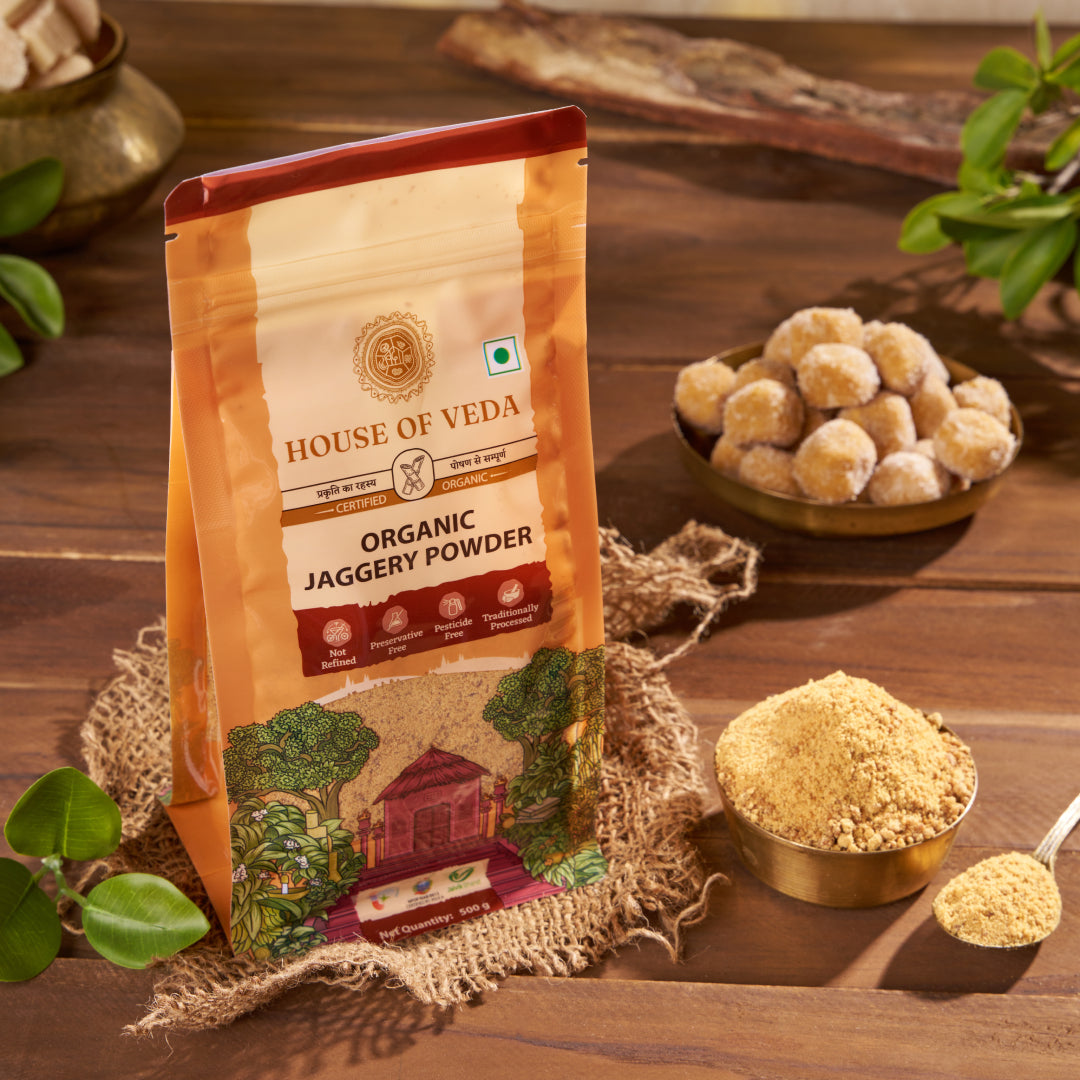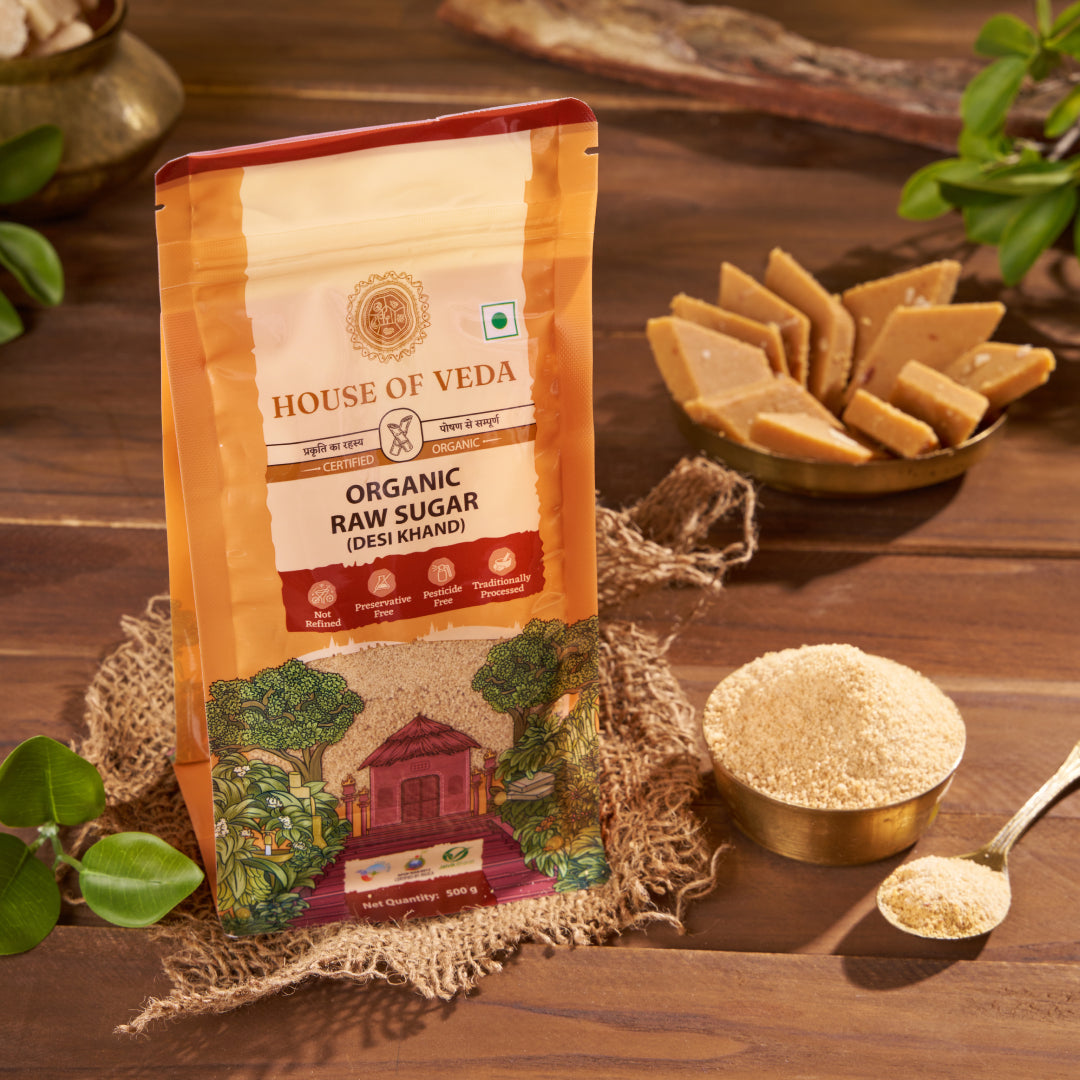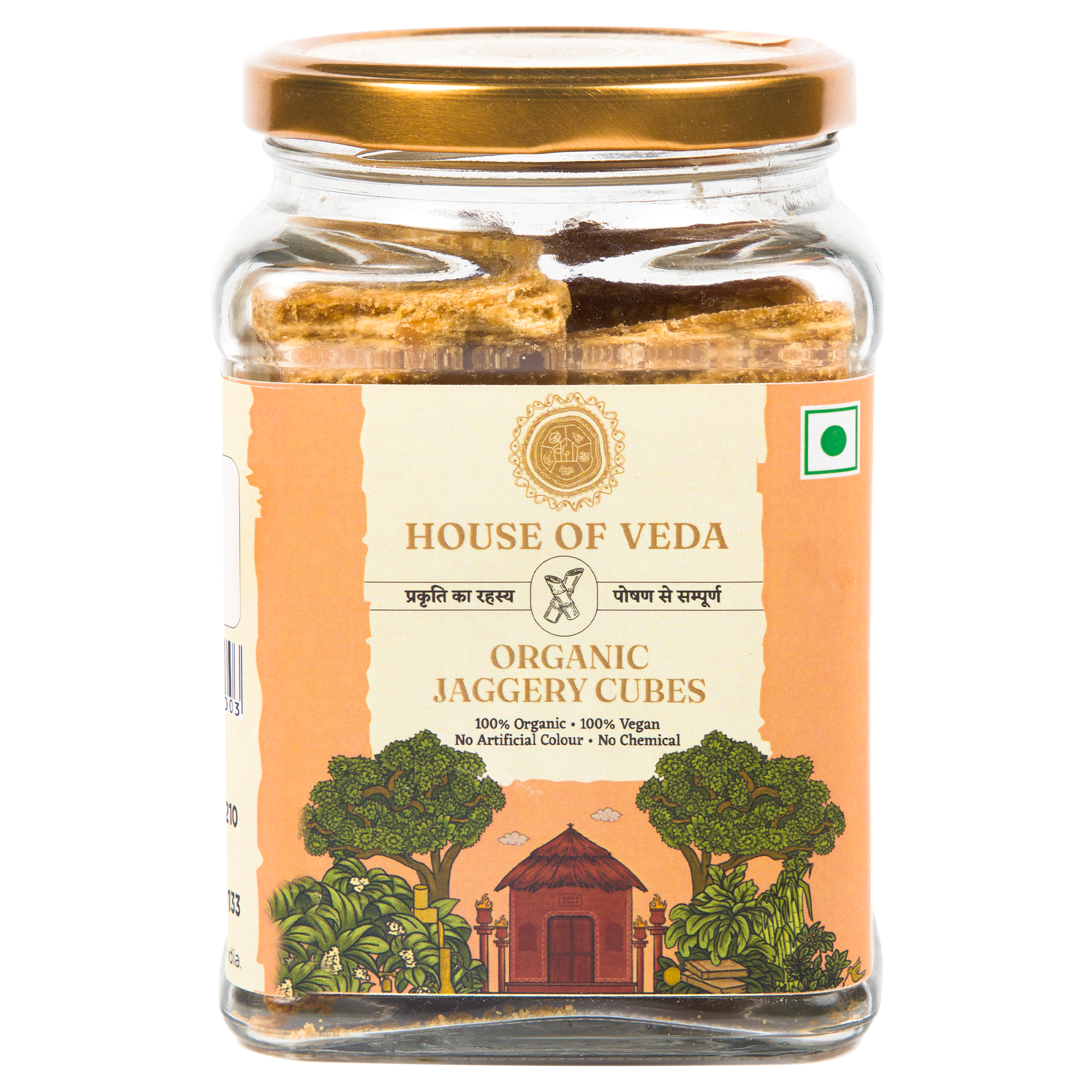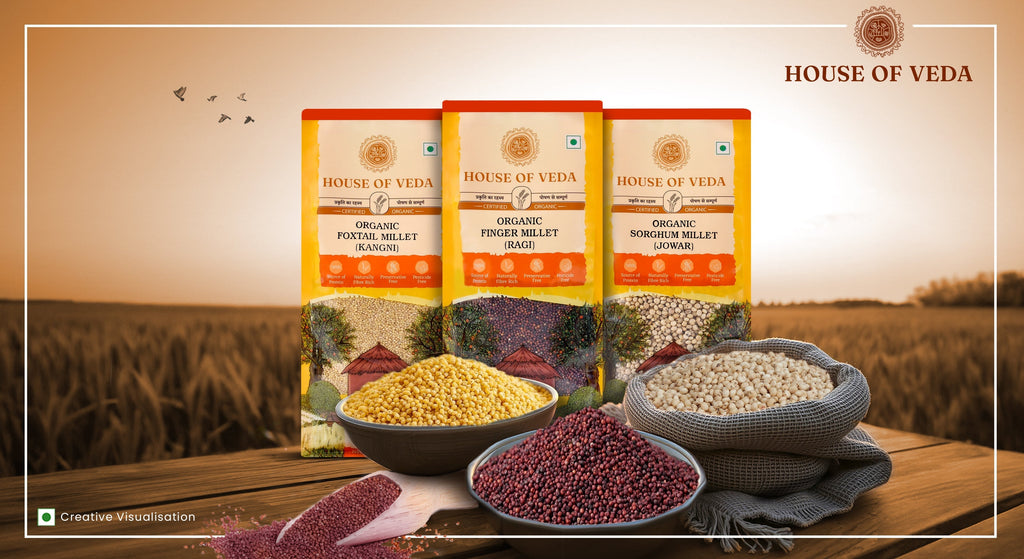
Explore the Best Winter Season Foods and Cozy Soup Recipes!

As the temperature drops and the air becomes crisp, our bodies crave warmth and nourishment. Winter is not just a season of cozy blankets and hot beverages but also an opportunity to relish seasonal and winter specific foods that provide essential nutrients and keep us warm. From understanding the science behind warm foods to exploring Indian winter recipes, this guide will offer some of the best ways to stay healthy and satisfied during the cold months.
The Science Behind Warm Foods and Winter Digestion

Our bodies work harder to maintain warmth in winter, making digestion a key process to focus on. Warm foods that are rich in nutrients and easy to digest helps in keeping the body energized and healthy. Here’s why:
- Thermogenic Effect: Warm foods increase the body’s core temperature, improving metabolism and digestion. This is particularly important during colder months when the body expends more energy to maintain its internal temperature. Foods like soups, herbal teas, millets, and hot porridges stimulate thermogenesis, the process by which heat is produced in the body. With this, the body feel warmer, and the process also aids in breaking down complex nutrients into simpler forms, making them easier to digest.
- Improved Nutrient Absorption: Soups, broths, and cooked vegetables are easier on the stomach and helps in better nutrient absorption. aid in better absorption of nutrients. Raw and cold foods can be harder to digest in winter, as the digestive system works slower in cold weather. Therefore, consumption of warm and cooked meals must be high in winters to help relax the digestive tract. Additionally, when foods are cooked, certain nutrients, such as beta-carotene in carrots and lycopene in tomatoes, become more bioavailable, further enriching the body.
-
Boosting Immunity: Spices like ginger, turmeric, and black pepper in hot dishes not only add flavor but also enhance immunity and improve circulation. These spices are packed with antioxidants and anti-inflammatory properties that help ward off common winter illnesses like colds and flu. Ginger and turmeric, for instance, are known to soothe the throat and reduce inflammation, while black pepper enhances the bioavailability of other nutrients and spices, making them more effective. Including these spices in your diet can create a natural shield against winter ailments.
Nutritional Benefits of Eating Seasonal Winter Foods

winter Season foods are nature’s way of meeting our dietary needs during specific times of the year. Winter season foods are packed with vitamins, minerals, and antioxidants that:
- Boost Immunity: Vegetables like carrots, spinach, and turnips are rich in Vitamin C and beta-carotene, essential for a strong immune system. Consuming these foods during winters helps the body fight off colds, flu, and other winter ailments. Additionally, leafy greens like mustard and fenugreek provide iron and folate, crucial for maintaining energy levels and overall health.
- Enhance Skin Health: Seasonal fruits such as oranges, guavas, and pomegranates hydrate the skin and prevent dryness. These fruits are loaded with antioxidants that combat free radicals, reducing signs of aging and improving skin elasticity. The high-water content in these fruits also helps keep the skin soft and supple, despite the harsh winter air.
-
Provide Warmth: Millets like bajra and jowar, along with root vegetables, are known for their warming properties. Bajra (pearl millet) is a powerhouse of iron, magnesium, and fiber that keeps the body warm and improves digestion. Jowar (sorghum), on the other hand, is rich in protein and aids in muscle repair and growth. Incorporating these millets into your meals as rotis, porridge, or khichdi can keep you energized and cozy during cold days. Apart from this, root vegetables like sweet potatoes and beetroots provide complex carbohydrates and are excellent for sustained energy release which keeps you stay active throughout the day.
Why Certain Foods are Consumed in Winter Season
Certain foods are better suited for winter because of their ability to keep the body warm and nourish it during the colder months. Here’s why these foods are staples:
Millets: Bajra (pearl millet) and jowar (sorghum) are rich in fibre and provide sustained energy. Millets also have the added benefit of being gluten-free, making them an excellent choice for individuals with gluten sensitivities. Their high fibre content supports gut health and helps in managing blood sugar levels, making them ideal for winter diets. By including millets in soups, stews, or even snacks like millet-based laddoos, you can enjoy their numerous health benefits while keeping your body warm and nourished.
Ghee: A common ingredient in Indian winter dishes, ghee helps lubricate joints and improves skin health. Ghee contains healthy fats that provide instant energy, essential during winter when the body requires more calories to maintain its temperature. Moreover, it is rich in fat-soluble vitamins like A, D, E, and K, which are crucial for bone health, immunity, and skin hydration. Consuming ghee in moderation as a topping on rotis, dal, or khichdi can enhance the taste of meals while offering substantial health benefits.
Root Vegetables: Potatoes, sweet potatoes, and radishes are not only filling but also packed with nutrients. These vegetables are high in complex carbohydrates, which provide a steady energy source during winter. Sweet potatoes are rich in beta-carotene, which converts to Vitamin A, promoting healthy skin and vision. Radishes, with their detoxifying properties, help cleanse the liver and stomach. Including root vegetables in soups, roasted dishes, or salads ensures a nutrient-dense diet while embracing the warmth these foods bring to your body during the chilly season. Turnips and carrots can also be added to stews for their antioxidant properties, which help combat the oxidative stress caused by cold weather.
How to Incorporate Millets into Your Winter Diet

Millets are a powerhouse of nutrition and perfect for the winter season. Here’s how you can add them to your meals:
- Millet Porridge: Cook bajra or ragi with milk, jaggery, and dry fruits for a wholesome breakfast.
- Millet Rotis: Pair jowar or bajra rotis with seasonal sabjis for a nutritious meal.
- Millet Khichdi: Combine millets with lentils, vegetables, and spices for a comforting one-pot meal.
- Millet Dosas: Use millet flour to prepare dosas that are light yet filling.
How to Incorporate Millets into Your Winter Diet
Soups are the ultimate winter comfort food. Here are several millet-based options along with a few classics:
1.Bajra (Pearl Millet) and Vegetable Soup
It’s a wholesome soup made with cooked bajra and winter vegetables like spinach and carrots.
Ingredients:
- 1 cup bajra (pearl millet)
- 2 cups spinach, chopped
- 2 carrots, chopped
- 2 radishes, chopped
- 1 onion, chopped
- 1 teaspoon cumin seeds
- 1 tablespoon lemon juice
- Salt to taste
- 4 cups vegetable broth or water
Instructions:
- Rinse the bajra thoroughly and cook it in water or vegetable broth until soft (about 30-40 minutes).
- In a separate pan, heat some oil, add cumin seeds and chopped onion, and sauté until the onion softens.
- Add the carrots, radishes, and spinach, and cook for 5-7 minutes until the vegetables are tender.
- Add the cooked bajra to the vegetable mixture. Pour in vegetable broth and bring to a boil.
- Simmer for 10-15 minutes, then season with salt and lemon juice.
- Serve hot and enjoy the comforting, nutritious soup.
2.Ragi (Finger Millet) and Mushroom Soup
A unique combination of earthy mushrooms and the nutty taste of ragi flour. This soup is rich in calcium and iron, making it a great choice for bone health during winter.
Ingredients:
- 1 cup ragi flour
- 2 cups mushrooms, sliced
- 1 onion, chopped
- 2 garlic cloves, minced
- 4 cups vegetable broth or water
- Salt and pepper to taste
- 1 tablespoon olive oil
- Fresh parsley for garnish
Instructions:
- Heat olive oil in a pan and sauté onions and garlic until fragrant.
- Add the mushrooms and cook until they soften and release moisture (about 5 minutes).
- In a separate bowl, mix ragi flour with a small amount of water to make a smooth slurry.
- Pour the vegetable broth into the pan with the mushrooms, then add the ragi slurry while stirring continuously to prevent lumps.
- Simmer for 10-15 minutes until the soup thickens.
- Season with salt and pepper to taste and garnish with fresh parsley before serving.

Boost Your Nutrition with Finger Millet – Shop Now for Wellness!
3.Jowar (Sorghum) and Lentil Soup
This soup is not only protein-rich but also helps in keeping the body warm during cold evenings.
Ingredients:
- 1 cup jowar (sorghum) grains
- 1/2 cup yellow lentils (toor dal)
- 1 onion, chopped
- 1 tomato, chopped
- 1 teaspoon turmeric powder
- 1 teaspoon ground coriander
- 1 teaspoon garam masala
- Salt to taste
- 4 cups vegetable broth or water
Instructions:
- Rinse the jowar and lentils separately. Cook both in vegetable broth or water until tender (about 30 minutes).
- In a pan, heat some oil and sauté chopped onions until translucent.
- Add chopped tomato, turmeric powder, coriander powder, and garam masala, and cook for 3-5 minutes.
- Once the jowar and lentils are cooked, add the sautéed mixture to the pot and stir well.
- Let the soup simmer for another 10 minutes to allow the flavors to blend.
-
Adjust seasoning with salt and serve hot.

Discover the Goodness of Sorghum Millet – Order Today!
4.Foxtail Millet and Sweet Corn Soup
A light yet filling soup, made by blending cooked foxtail millet with sweet corn and vegetable broth. This soup is mildly sweet and creamy, making it a kid-friendly winter recipe.
Ingredients:
- 1 cup foxtail millet
- 1 cup sweet corn kernels (fresh or frozen)
- 4 cups vegetable broth
- 1 small onion, chopped
- 1 teaspoon ginger, grated
- Salt and pepper to taste
Instructions:
- Cook the foxtail millet in water or vegetable broth until tender (about 20 minutes).
- In a separate pot, sauté onions and ginger in a little oil until fragrant.
- Add sweet corn kernels and cook for 3-4 minutes.
- Pour in the cooked foxtail millet and vegetable broth. Bring to a boil, then simmer for 5-10 minutes.
- Season with salt and pepper to taste. Blend the soup for a creamy texture, if desired.
-
Serve hot, garnished with some fresh herbs.

Fuel Your Day with Foxtail Millet – Buy Now and Embrace Healthy Eating!
5.Tomato Basil Soup with Millets
A twist on the classic recipe, this soup includes a handful of cooked finger millet for added texture and nutrition. The tangy tomatoes and fragrant basil pair wonderfully with the mild flavor of millet.
Ingredients:
- 2 cups tomatoes, chopped
- 1/2 cup finger millet
- 1 onion, chopped
- 1 garlic clove, minced
- 4 cups vegetable broth
- 1 teaspoon dried basil
- Salt and pepper to taste
Instructions:
- Cook the barnyard millet in vegetable broth or water until soft (about 20 minutes).
- In a pan, sauté onions and garlic in olive oil until soft.
- Add the chopped tomatoes and dried basil, cook for 5-7 minutes until the tomatoes release their juices.
- Add the cooked millet to the pan and pour in the vegetable broth.
- Simmer for 10 minutes, then blend the soup until smooth.
- Season with salt and pepper, garnish with fresh basil, and serve hot.
Conclusion
Winter is a season to indulge in hearty meals, cozy snacks, and nourishing ingredients. By embracing winter foods items like millets, root vegetables, and warming spices, you can ensure both health and comfort. So, sip on that hot soup, enjoy a millet roti, and let winter become a season of wellness and delicious indulgence!
Make This Winter Your Healthiest Yet – Shop for Nourishing Ingredients Now!
FAQs
1.How can I keep my body warm through diet in winter?
Incorporate foods like ghee, nuts, millets, and spices such as ginger and turmeric. Soups, stews, and hot beverages also help maintain body warmth.
2.Why is millet considered a good winter food?
Millets are rich in complex carbohydrates, which provide sustained energy. They also have thermogenic properties, keeping the body warm.
3.Are millets like bajra and jowar better for winter meals?
Yes, bajra and jowar are ideal for winter as they are easy to digest and help generate warmth in the body.
4.Are millets like bajra and jowar better for winter meals?
Consume foods rich in Vitamin C (oranges, guavas) and healthy fats (nuts, seeds, ghee) to keep your skin hydrated and glowing.


